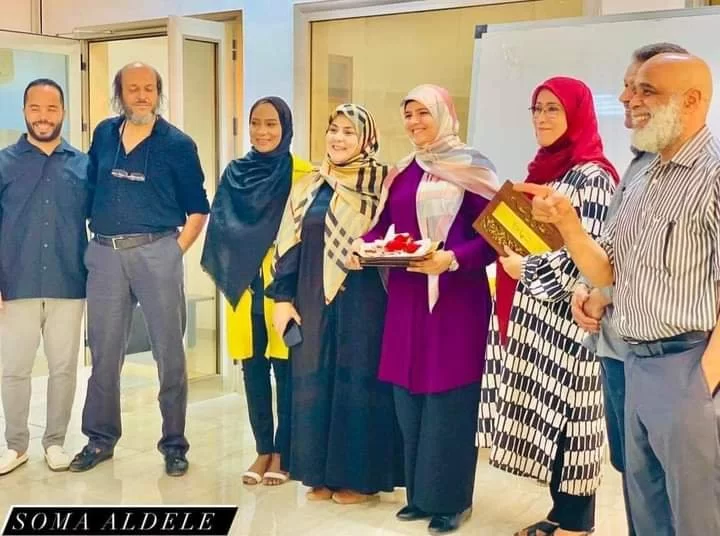كلية التقنية الطبية
المزيد ...حول كلية التقنية الطبية
حقائق حول كلية التقنية الطبية
نفتخر بما نقدمه للمجتمع والعالم
13
المنشورات العلمية
93
هيئة التدريس
38
الطلبة
37
الخريجون
أخبار كلية التقنية الطبية
2022-06-19
294
0
2022-06-12
478
0
2022-06-19
294
0
2022-06-12
478
0
من يعمل بـكلية التقنية الطبية
يوجد بـكلية التقنية الطبية أكثر من 93 عضو هيئة تدريس

أ.د. محمد محمد انور محمد السيد
محمد السيد هو احد اعضاء هيئة التدريس بقسم التخدير والعناية الفائقة بكلية التقنية الطبية. يعمل السيد محمد السيد بجامعة طرابلس كـأستاذ منذ 2013-07-01 وله العديد من المنشورات العلمية في مجال تخصصه

















